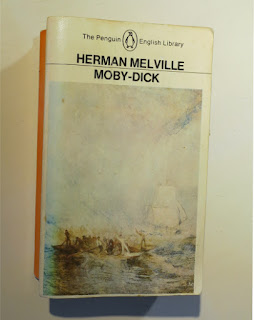My Time, by Bradley Wiggins

... "with" William Fotheringham ! There, that, is a tiny part of how this book seeds tiny bits of mistrust throughout. (And beyond, as we will see.) Yes, there is a ghost writer at work; to be fair, it's not often that the presence of one is so upfront. It still nudges one into suspecting some image massaging. Overall my reading has been quite eclectic, but I must admit I've very rarely ventured into the sports genre. These books are almost always the work of journalists, which doesn't mean they're poorly written, not at all, but stylistically they tend to fall into a narrow range. William Fotheringham is a good writer, by the way, I've read some of his pieces in the Daily Telegraph if I remember correctly. As for other sports books, I certainly liked Simon Kuper's Football Against the Enemy , all about clubs and fans in odd places around the world; but the biographies, usually published to cash in on recent achievements, have been a bit lik



